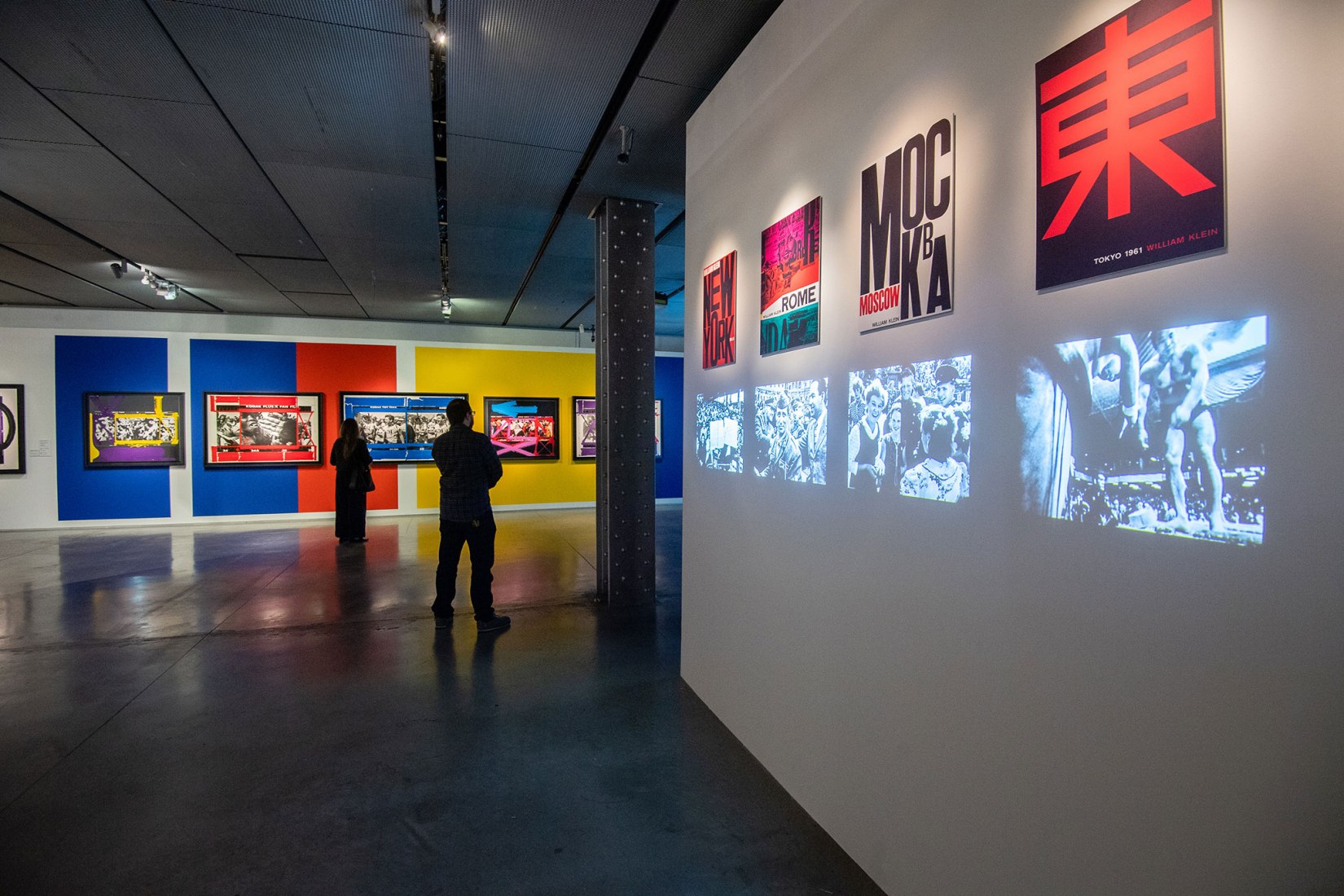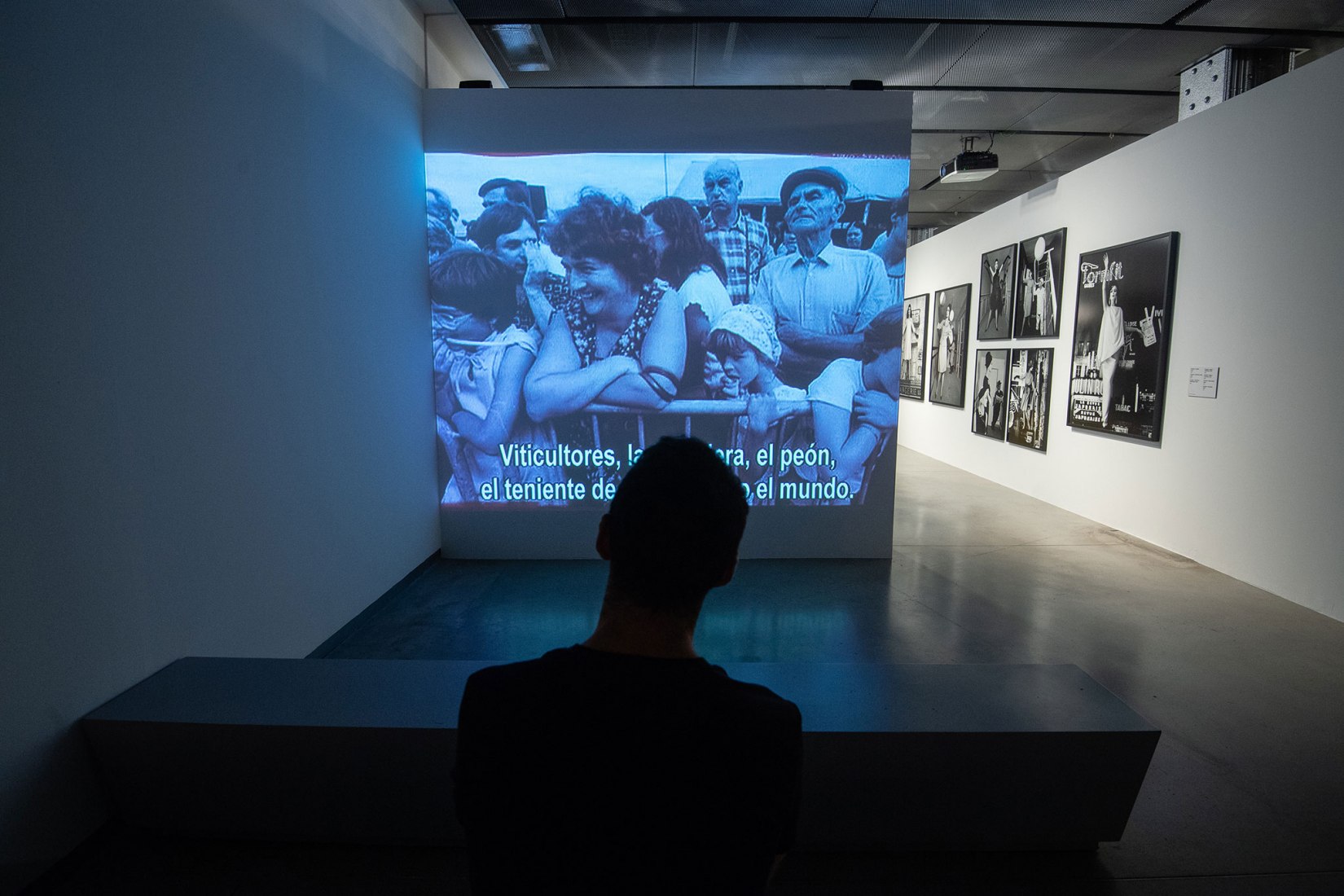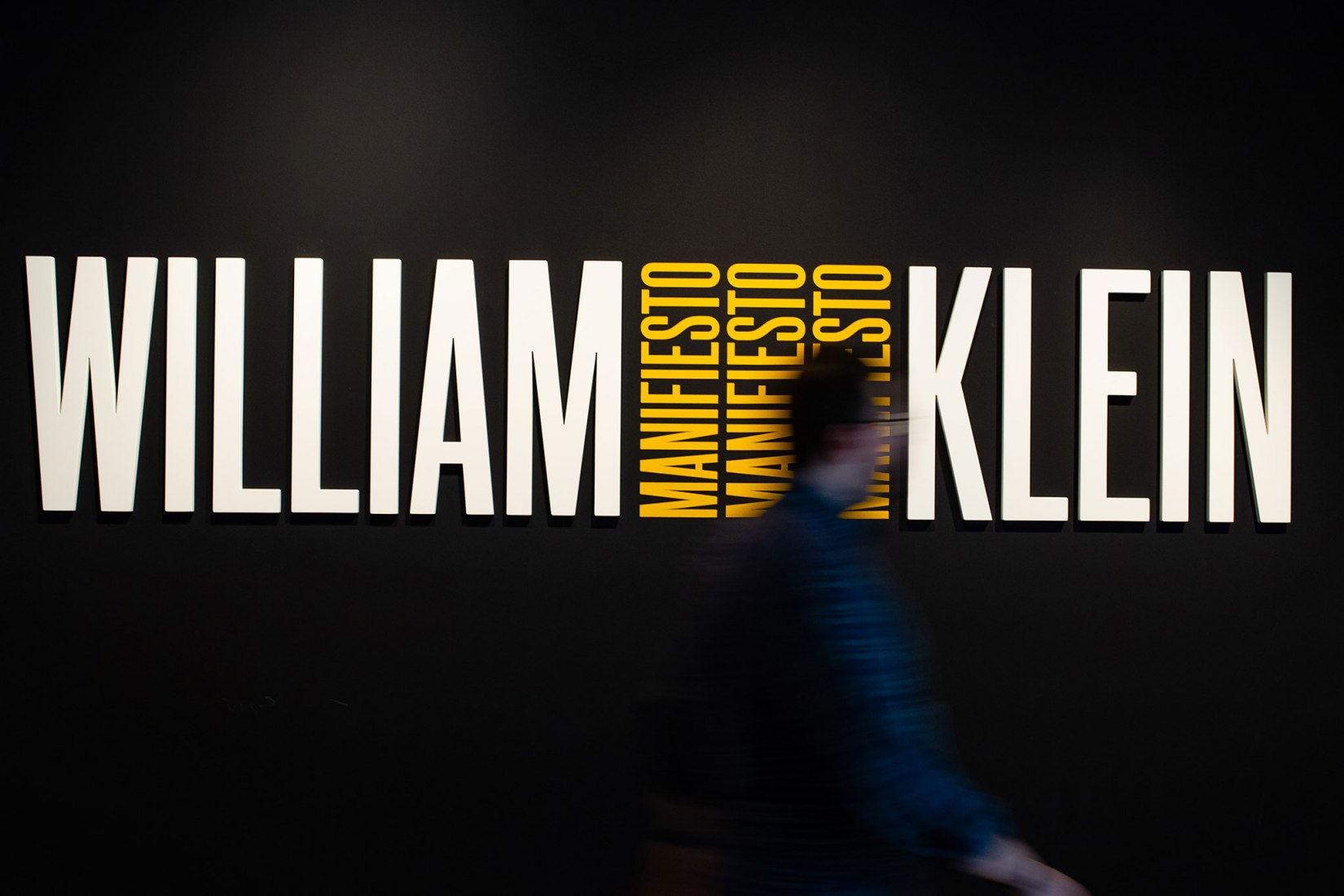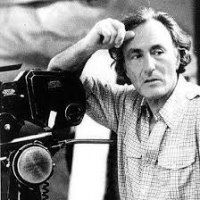Curated by Raphaëlle Stopin, the exhibition aims to unite all the segments of the artist's pictorial, photographic, graphic and cinematographic work in order to know his "creative lives". The exhibition brings together nearly two hundred pieces including paintings, photographs, documents - some unpublished -, films, models and prototypes to show the different - and often unknown - facets of an artist who often only thinks of himself as a photographer.
Klein (New York, 1928) revolutionized the history of photography, establishing the foundations of a modern aesthetic in direct contact with a postwar society still to be rebuilt, imagined and dreamt, that still lingers. Visionary and radical are the adjectives that most define him, to the point that photography, as it was in the twentieth century and is conceived today, cannot be understood without it. Klein was so involved in the future of photography, that he shaped it.
Beginnings and photographic abstractions
He began in the mid-1950s, after studying at the Sorbonne and attending the workshops of André Lhote and Fernand Léger, shaking all customs and sweeping the existing codes suddenly. In 1952, invited by the Italian theater director Giorgio Strehler, he exhibited in Milan at the Teatro Piccolo; later in the Galleria del Milione and didd a series of abstract mural paintings for Italian architects. One of them, Angelo Mangiarotti, commissioned mural panels in black and white. In response, Klein creates a set of monumental wooden revolving panels mounted on rails that, without him even knowing it, would be the beginning of his photographic work. It is precisely when photographing these painted panels to document them when Klein comes face to face with photography and its potential, and sets out to recreate these black and white geometries in the laboratory. Thus, Klein starts a corpus -recovered in 2012- consisting of abstract compositions made in the dark room and exposes his "abstract" at the Salon des Réalités Nouvelles in Paris.
The birth of the "Klein language" and the large cities series
In the 1950s the book was the first channel for diffusion of a photographic work. In Paris he contacts Les éditions du Seuil, an editorial in which the experimental filmmaker Chris Marker worked, who guaranteed the publication of his work, respecting Klein's original project. Thus, in 1956, he published Life is Good & Good for You in New York: Trance Witness Revels, which became his manifesto, a revolutionary book that laid the foundations of the "Klein language" and shook the principles of a photography which, at the time, searched for its place among the arts. It was published in Italy and Japan and immediately elevated to the category of fundamental.
In this manifesto, Klein's global perspective is seen in his work: he makes the street his raw, encompassing, generous and voracious raw material in all its dimensions. It speaks to us of a century in movement, a century of mutations, of creations, of emancipations. Always located in the center, very close to its subject to better capture the tension lines, creates, in the 1950s, large photographic assemblies in the heart of modern cities such as "New-York 1954-55", "Rome 1956 "," Moscow 1959-61 "and" Tokyo 1961 ". He soon discovers the society of the show, directing for television and photographing for the fashion press until the cinema arrives to satisfy his desire for movement and his commitment as a photographer.
Cinema and the fashion image in Klein's work
William Klein also maintains an ambivalent relationship with fashion photography, which amuses him in the same way that it bothers him, and this will be, through the staging that implies, his entrance to the cinematographic direction. He arrived at the world of fashion from the hand of Vogue's artistic director of, Alexander Liberman, and took the model to the street, letting the street enter the image and the crowd meet, grow and traffic be altered until he pressed the shutter to register the urban tension in play.
Klein has also directed twenty-one films - short, medium-length, and feature films - in the fields of fiction and documentary, and about 250 commercials. The artistic dynamism that he displays in this area is impressive, changing from one style to another, and sometimes combining several genres in the same film, from musical comedy to reality TV. Arriving late to the world of cinema makes Klein conceive it as a space of freedom in which he stages his prophetic visions of our modernity, with a more political position than ever. Thus, the exhibition is completed with a focus on his film "Who are you, Polly Maggoo?" (Qui êtes-vous, Polly Maggoo? 1966), an unparalleled and visionary satire of the world of fashion and, more broadly, of the society of the spectacle. To play the protagonist, Polly Maggoo, Klein turns to the model Dorothy McGowan, who had collaborated with him in many fashion series for Vogue.
The painted contacts
Finally, the exhibition also includes his "painted contacts", made in his studio and where photography meets painting, which the artist applies with large brushes. The contact sheets were used until recently by professional photographers to visualize all the shots of the same photographic film at once. Those presented in the exhibition are original, although they are expanded.
Parallel activities
On the occasion the exhibition, which can be visited at Espacio Fundación Telefónica between June 8 and September 22, it is completed with cultural dissemination activities for the general public, adults, families and intergenerational events. For the general public, commented visits will be held without prior reservation as of Saturday, June 15, 2019 and guided visits with prior reservation. For adults, attractive activities have been programmed such as "LaCalleEsNuestra takes Gran Vía", "Photography, art and commerce", "Son ciudad", "Photographic instant and modernity", "How William Klein returned to Paris the stolen idea of Modern Art" and "William Klein's Delirious Fictions". Families (children from 6 to 12 years old accompanied by adults) can participate in the workshop "Click, click ... Klein!" and the intergenerational public (14 years old and older) can sign up for the workshop "Urban Memory".
In addition, an Instagram contest was held in which you were invited to search, create and share images inspired by the work of this master of photography, to roam the streets and travel in search of new geometries, both urban and human, of the everyday changes and revolutions. To participate, the user had to publish their image on Instagram with the hashtag #WilliamKleinContest, until June 9 included. The 50 best images received can be seen at the Instagramers Gallery from June 18.



































